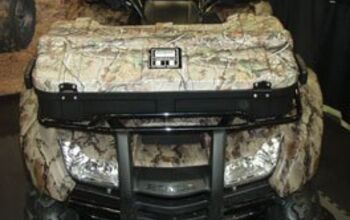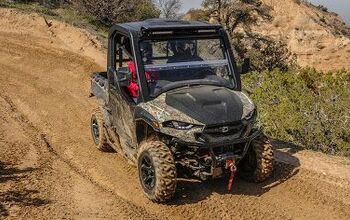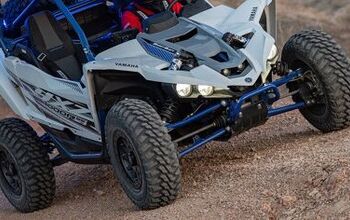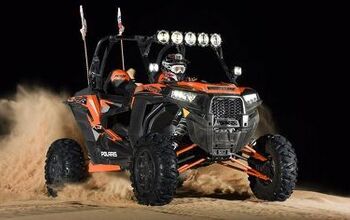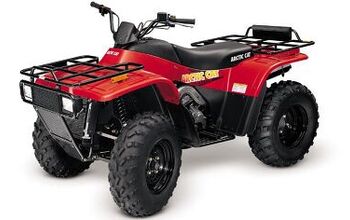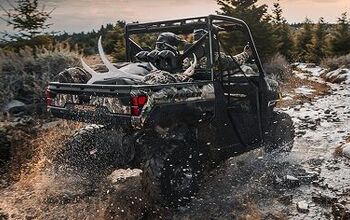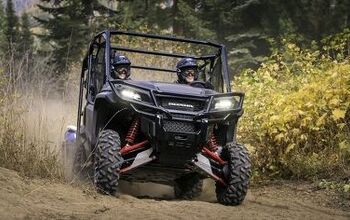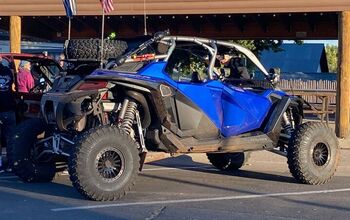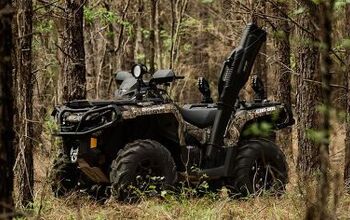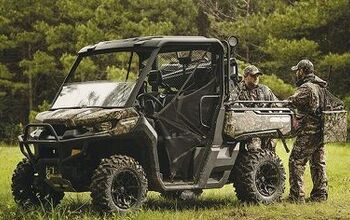Leave Our UTVs Alone
Side-by-Side vehicles have been the lifeblood of the four-wheel off-road industry for the past half decade or so. Once just thought of as Utility vehicles to help around the jobsite, UTVs have quickly evolved to fill a variety of niches. It’s an evolution that has resulted in thousands of jobs and introduced countless people to our wonderful sport. Unfortunately, the evolution is now in jeopardy of being not only halted, but reversed.
By the slimmest of margins (3-2), the United States Consumer Product Safety Commission (CPSC) voted to propose a mandatory rule to regulate UTVs (it calls them ROVs) with design standards that could effectively neuter their performance in the name of safety.
The CPSC’s actions read like UTVs are wildly unsafe and all of us are lucky to survive each time we turn the key and press down on the go pedal. This notion, however, is undone by its own data.
Key to the CPSC’s argument is UTV rollovers and the ejection of vehicle occupants are a major problem. Forget the fact that I’ve personally logged untold of hours of seat time and have never been upside down. Forget the fact that my job is to push the vehicles to their limits and haven’t suffered so much as a splinter. Instead, focus on the fact that 91% of ejection-related deaths occurred when occupants were not wearing seatbelts! I struggle to comprehend how this is the fault of vehicle design.
If you drive a UTV with a modicum of common sense and wear the proper safety equipment, accidents are rare and significant injuries even more uncommon.
Want more examples of faulty logic? The CPSC’s data is based primarily on 428 reported UTV-related incidents between January 1, 2003 and December 31, 2011. Of those incidents, there were 231 reported fatalities and 388 reported injuries. Of course, the majority of the drivers should never have been behind the wheel. Seventy-six (18 percent) were less than 16 years old and 125 had an unreported age. Of the known 227 adult drivers, 86 (38%) had consumed alcohol before the incident and a further 89 (39 percent) had unknown alcohol status.
Using the same numbers the CPSC provides, let’s assume 18% of the unreported age drivers were under 16 (22 more) and 39 percent of the unknown alcohol status drivers had consumed alcohol (34 more). The grand total of people who should have actually been driving in the first place is 210. In other words, if you eliminate alcohol and underage drivers, you eliminate half the accidents from ever happening in the first place. Furthermore, the CPSC’s data is culled from only the worst incidents, which is disingenuous at best. People simply don’t report minor off-road accidents where nobody gets hurt. Cherry picking injury rates from only the worst accidents makes it seem as though UTVs are inherently unsafe. The reality is the majority of UTV accidents result in little more than a bruised ego.
The CPSC’s own data shows that wearing a helmet and seatbelt could eliminate nearly all UTV-related fatalities.
Consider also that known seatbelt use in all incidents is a paltry 27% and known helmet use is 47 percent. That includes fatalities, injured and uninjured. The numbers get worse when you break it down further. Among the 231 total fatalities, 225 victims were in or on the vehicle at the time of the incident. Of these 225 fatalities, helmet use is known in 175 cases. Of those 175 cases, only four were wearing a helmet. Four! Ask yourself this: How many of the reported 231 fatalities would still be with us if they were wearing a seatbelt and a helmet.
While most logical people would use common sense to come to the conclusion that UTVs are more than reasonably safe if occupants wear a helmet and wear a seatbelt and the driver doesn’t drink and is at least 16 years old, the CPSC has somehow decided it’s the vehicles that need changing.
Who would you rather be in charge of UTV design –manufacturers with decades of experience or the government?
All of this reeks of the CPSC overreacting to what amounts to a relatively minor problem. It’s a good thing the CPSC isn’t in charge of other venues. Have a leaky toilet? Better burn down your house and build a new one. Have a splinter in your finger? Time to cut off your hand to make sure you don’t get an infection.
When it comes to UTV safety, the manufacturers have done an admirable job in updating their vehicles when problems arise. Often,this done in partnership with the CPSC in the form of vehicle recalls. I am left scratching my head at the CPSC’s decision to abandon this partnership to try and take over the reins of vehicle design. Should we not leave design to the experts?
Write your Members of Congress to put a stop to the CPSC’s ridiculous UTV design mandate.
How You Can Help
Despite the CPSC’s ruling, all is not lost. You can send a letter to your Members of Congress to tell them that you oppose the CPSC’s proposed mandatory standard. Click here to contact your Members of Congress. Polaris has set up a website dedicated to stopping the CPSC’s mandate in its tracks. Visit StopTheROVMandate.com to learn more about the issue and how you help.
I have been working exclusively in digital media since 1997. I started out with TSN.ca, spending nearly nine years creating and editing content on Canada's leading sports website. I left to join VerticalScope, Inc., one of the world's largest online publishers, to start a number of powersports publications. While at VerticalScope, I've helped create and oversee content for a wide variety of different publications, including ATV.com, Off-Road.com, ArcheryTalk.com, Tractor.com, RVGuide.com, and many more.
More by Lucas Cooney



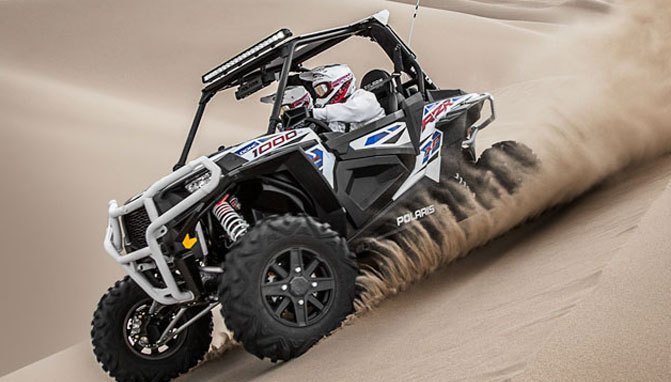














![Unique ATV Tire Bead Breaker [video]](https://cdn-fastly.atv.com/media/2022/10/24/8744118/unique-atv-tire-bead-breaker-video.jpg?size=350x220)
